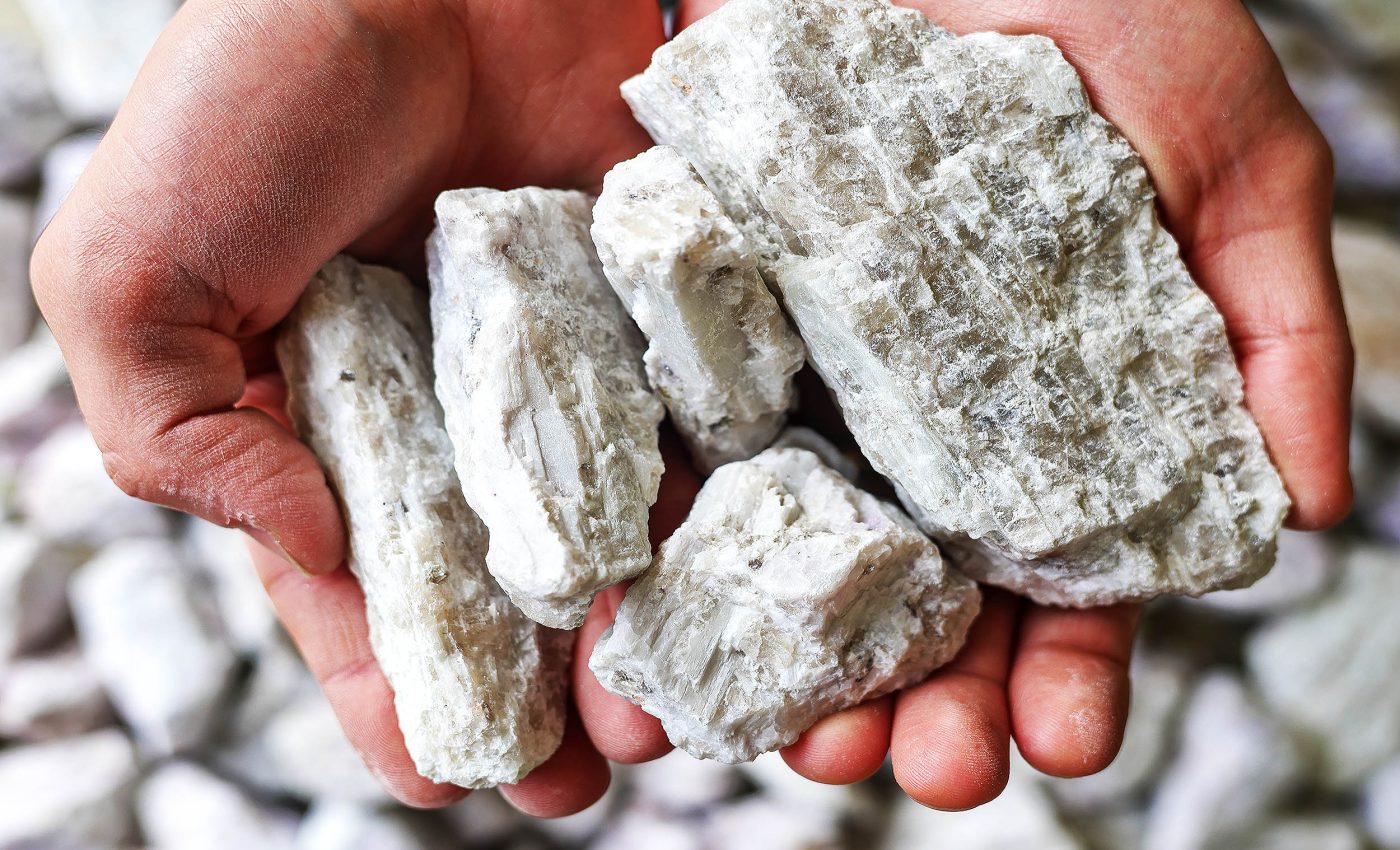
Lithium deposit valued at $1.5 trillion has been discovered in the U.S.
McDermitt Caldera in Oregon is attracting attention for what could be one of the largest lithium deposits ever identified in the United States. Many view it as a potential boost for domestic battery production, while local communities voice concern over the impact on wildlife and cultural sites.
The excitement stems from estimates that value the deposit at about $1.5 trillion. Some geologists say these ancient volcanic sediments could contain between 20 and 40 million metric tons of lithium.
Lithium deposit exposes priorities
“This feature is 16 million years old, and we’re making decisions in a matter of years,” said Sammy Castonguay, a geologist at Treasure Valley Community College.
Castonguay’s statement has stirred local debate over how the development might reshape the high desert.
Industry advocates see a path to addressing the ballooning need for electric vehicle batteries.
Neighbors around the caldera and the McDermitt deposit worry that large-scale extraction could damage an ecosystem that supports pronghorn antelope, sage-grouse, and other sensitive species.
The environmental dilemma
A proposal from HiTech Minerals Inc. seeks to add roads and hundreds of wells to test for lithium in Malheur County.
The Bureau of Land Management (BLM) once offered a brief window for public comment, which drew criticism from groups who say that’s not enough time to evaluate lasting changes.
The Oregon Chapter of the Sierra Club indicates they support cleaner energy but believe drilling must not come at the expense of fragile habitats.
Some see parallels to disputes in Nevada, where communities have fought lithium ventures they say threaten water sources.
Malheur County is among Oregon’s poorest areas, and certain residents hope new jobs might brighten its economic outlook.
“We need to do this the Oregon way – with full accountability and shared benefits,” said Greg Smith, director of economic development in Malheur County.
Why lithium deposits are so valuable
Cleaner transportation and renewable energy storage have skyrocketed demand for lithium. Its light weight and excellent electrochemical properties make it key in modern battery production.
Global interest in ramping up supply has fueled both exploration and debate. Many want a homegrown source to cut reliance on overseas materials, but critics stress that extracting metals can have lasting ecological implications.
Mining typically means large excavations, chemical processing, and water usage. Press releases and early studies mention concerns about dust, vehicle exhaust, and possible leakage of industrial byproducts.
Meanwhile, some economists argue that lithium’s high market price presents an opportunity to jump-start local development. Balancing those perspectives can be tough for rural communities.
Unique volcanic origins
Past eruptions formed the caldera and left mineral-rich clays across a wide basin. The environment eventually became a semi-arid habitat that’s important for migrating wildlife.
One study found high levels of lithium in these sediments, suggesting an unusually concentrated resource. Analysts say that if extraction methods prove efficient, the U.S. could rank among the top global suppliers of this metal.
The caldera lies near the Oregon-Nevada border. Projects on both sides have followed a similar pattern: geological surveys, land modification, and pilot drilling.
Some scientists emphasize that claystone deposits differ from salt brine operations found in South America.
Processing claystone may require more complex techniques, including acid leaching, which can raise questions about waste disposal and water safety.
Concerns for wildlife and culture
Habitat for sage-grouse is already shrinking, and many local groups fear the consequences of losing more desert terrain.
The region also holds deep cultural value for several Indigenous tribes.
Tribal leaders in nearby areas have contested past proposals by pointing to sites sacred for ceremonies and important for traditional ways of life. As the push for lithium grows, local voices want to remain central in discussions about land use.
Opponents argue that insufficient environmental reviews could harm unique species such as Lahontan cutthroat trout.
Past drilling in high desert regions showed that groundwater tables can be affected by large-scale operations. Proponents, though, say modern techniques and strong oversight may mitigate many risks.
Mixed signals on lithium’s future
Experts note that the caldera deposit could give the U.S. a competitive advantage in battery supply. At the same time, non-governmental organizations believe short-term profit shouldn’t overshadow the ecological and historical wealth found in Oregon’s high desert.
Mining companies emphasize their intent to follow federal standards and incorporate feedback from local communities. Yet friction persists over whether that outreach is genuine.
Sierra Club Oregon suggests it’s possible to develop lithium alternatives or find better ways to source the metal. Advocates of the project maintain that these clays represent a crucial resource in an era when every major carmaker is transitioning to electric models.
Disagreements arise from how fast these projects roll out, and whether rural populations have a real say in shaping them.
What’s next for this lithium deposit?
Local debates often center on water needs for drilling and processing. Some scientists point out that advanced recycling and new battery chemistries might alleviate the environmental strain.
Others say U.S. projects reduce dependence on foreign supply chains, which could lower geopolitical risks.
The trade-off is that most lithium deposits, wherever they are, carry certain environmental implications. A few watchers say this moment holds a chance to reevaluate how to conduct resource extraction.
As these Oregon proposals move ahead, investors are confident that demand for lithium won’t dip anytime soon, but local communities want to ensure they aren’t left with the mess once the initial excitement fades.
The study is published in Minerals.
—–
Like what you read? Subscribe to our newsletter for engaging articles, exclusive content, and the latest updates.
Check us out on EarthSnap, a free app brought to you by Eric Ralls and Earth.com.
—–













